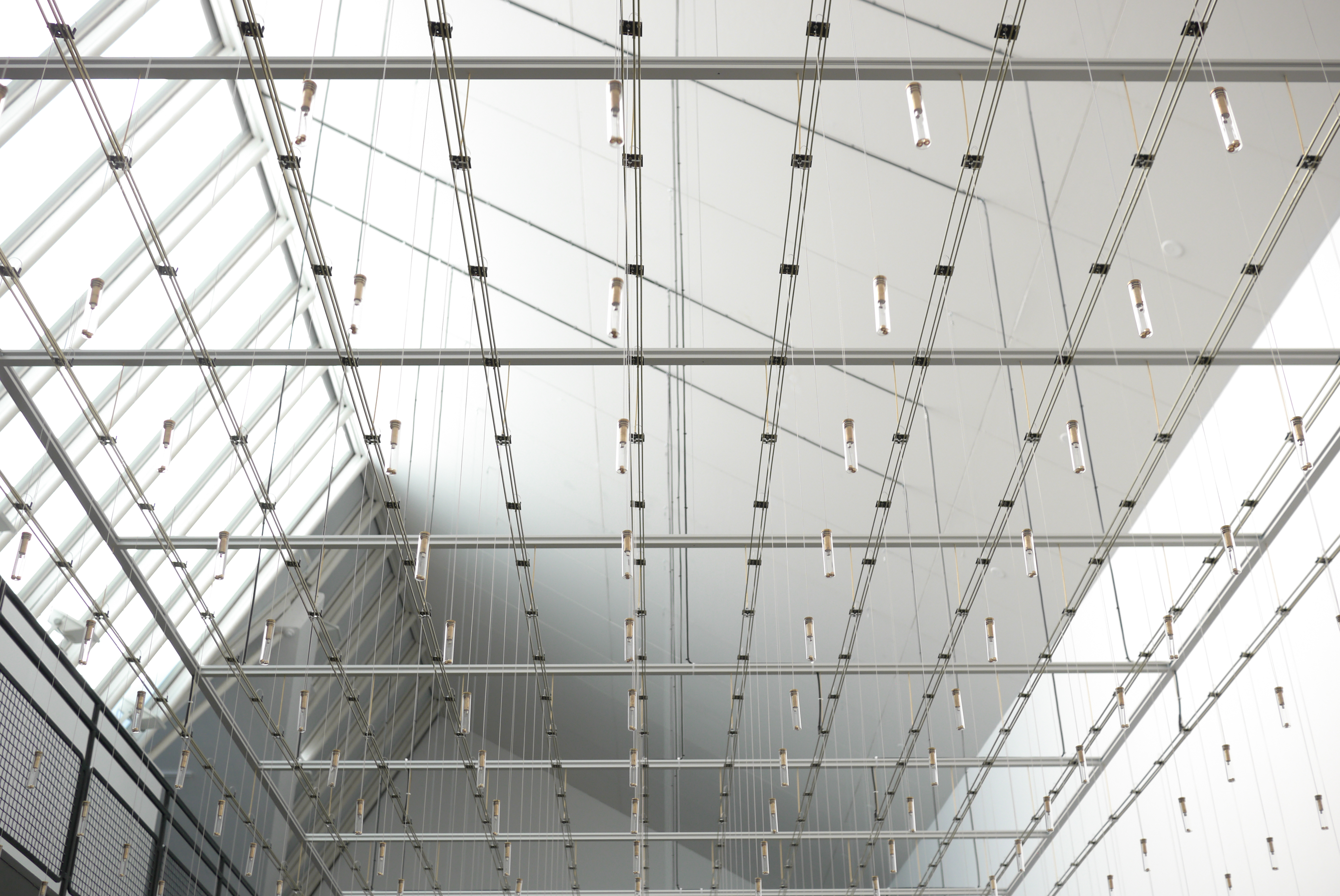Studies in Motion at Lunds Konsthall is the first exhibition of rAndom International’s work in Sweden and it is also the first time showing the newly commissioned work What It Isn’t. Founded in London in 2005 by Stuart Wood, Florian Ortkrass and Hannes Hoch rAndom International has become known for technically complex and interactive installations, notably the immensely popular installations of Rain Room at Barbican (2012) and later at MoMA (2013). The exhibition at Lunds Konsthall contains three works; Self-Portrait (2010), Future self (2012) and What It Isn’t (2014), three very different installations that never the less presents variations on similar intertwining themes.
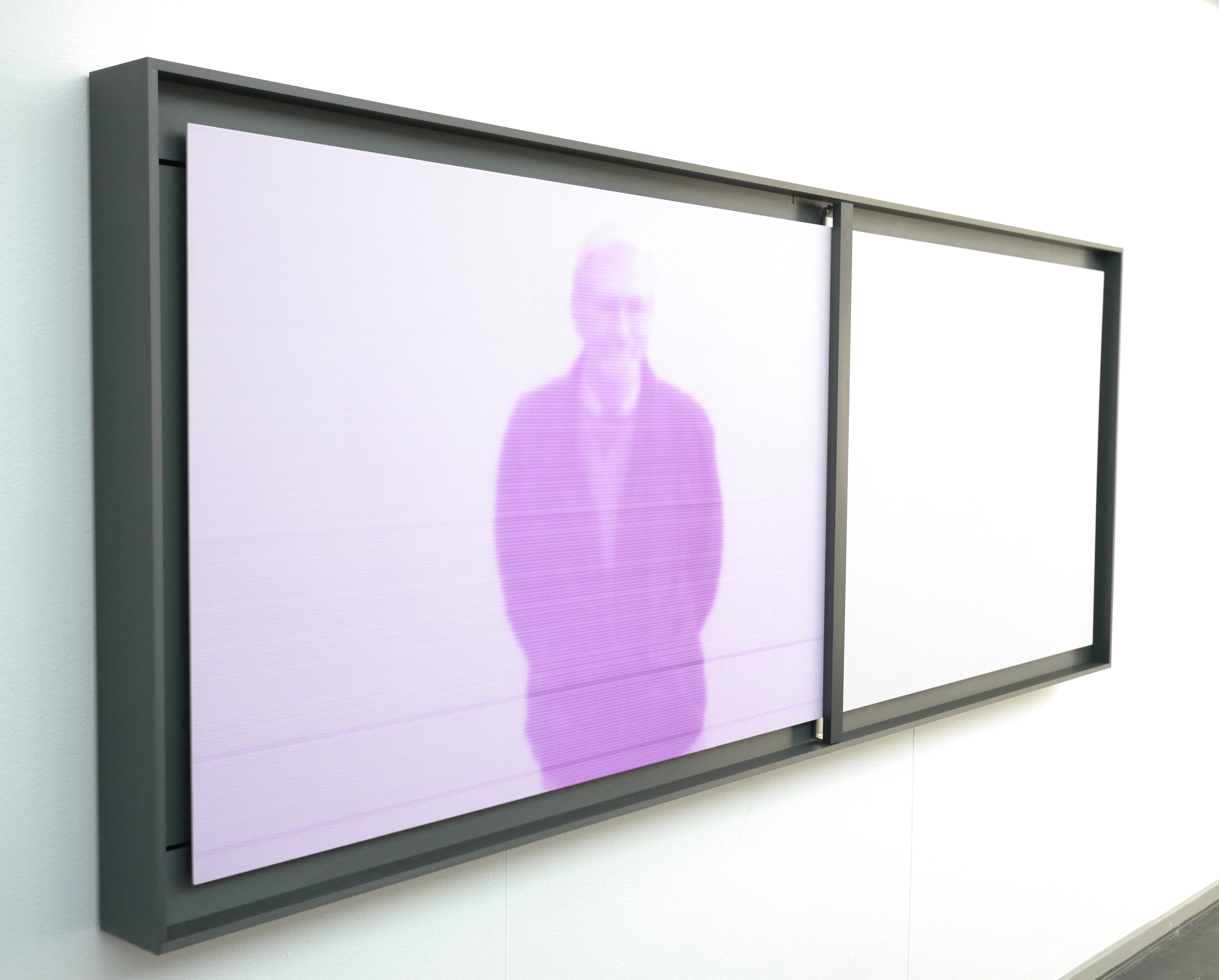
Self-Portrait at first appears to be a framed white canvas until a printer head slowly proceeds to print a monochrome image of the spectator(s) across the canvas, an image that soon fades a way, leaving the canvas blank once again. This type of ephemeral imaging is a recurring theme in the studio’s methodology and has been since its inception.
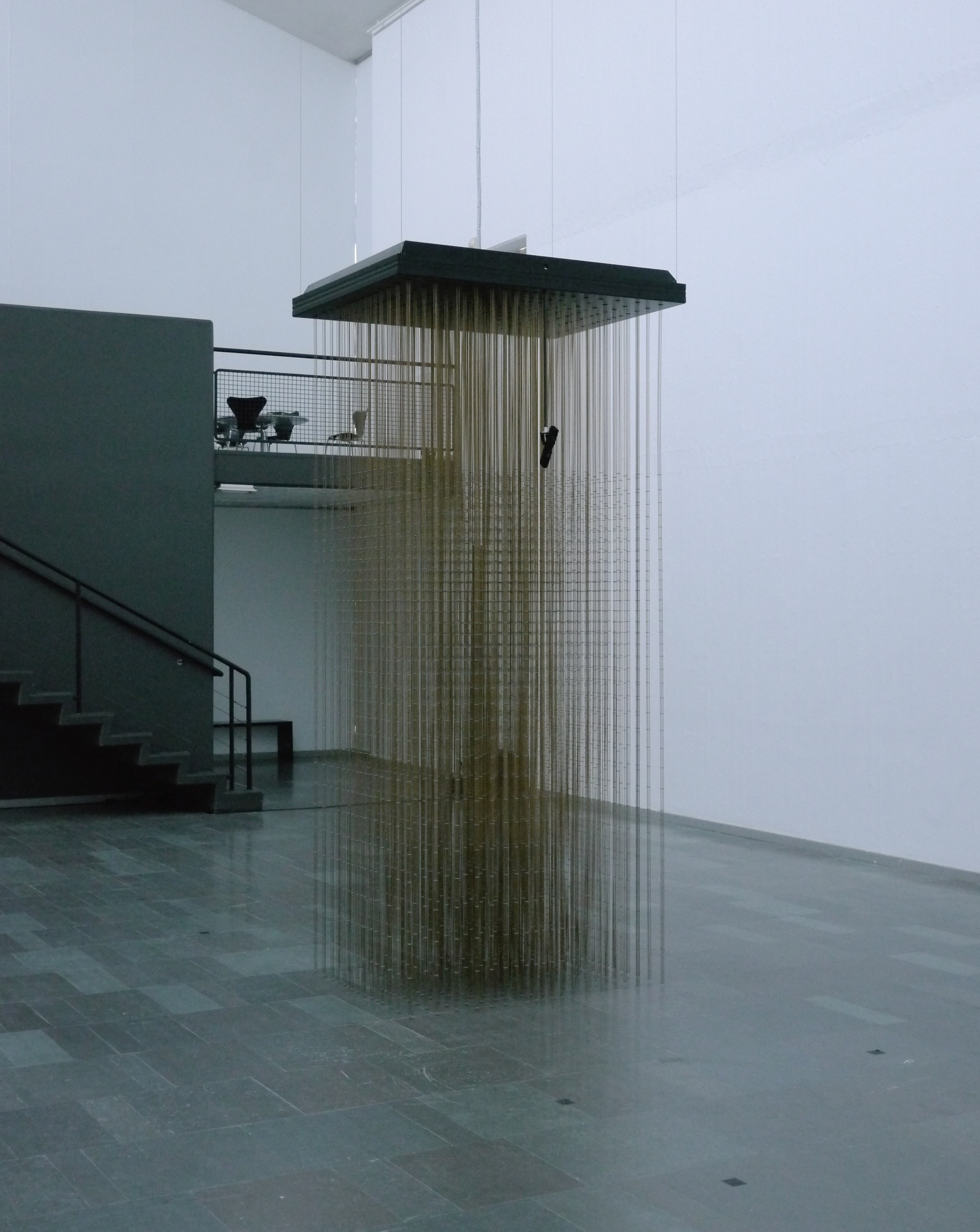
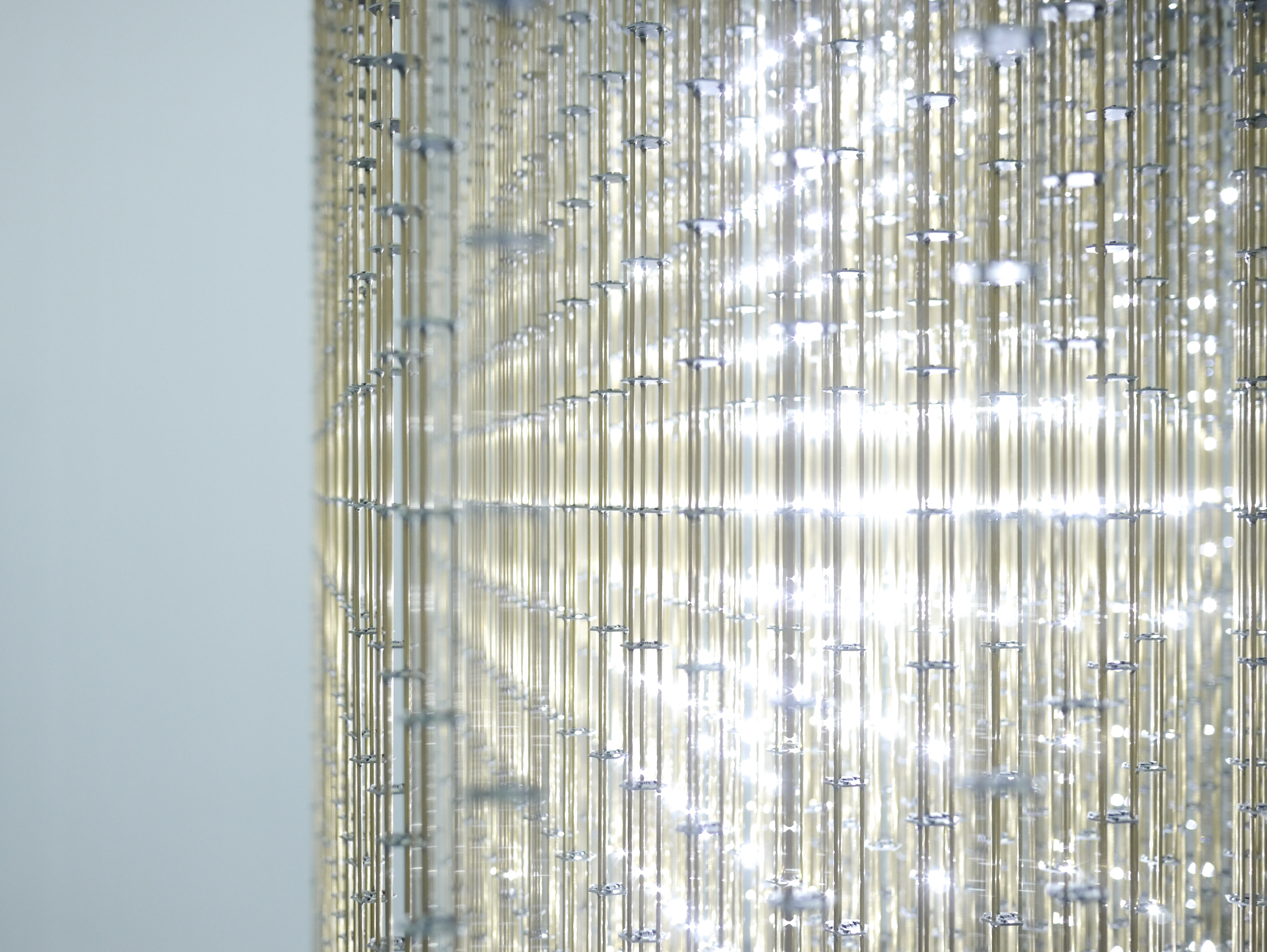
Future Self is a golden cube that hovers dormant at the center of the exhibition hall until its activated by an approaching spectator, producing an illuminated 3D mirror image, or rather an 3D animation mirroring the movements of the spectator. It’s a technically complex installation that consists of some 10,000 led lights attached to thin brass rods suspended from the ceiling, creating a three-dimensional grid measuring 120x150x345cm, 3D cameras register the spectators’ movements and creates an ”pixelated” anthropomorphic animation. There is actually a delay within the grid so that the spectator can walk around their own three-dimensional animated image before it fades away and the cube returns to a passive state.
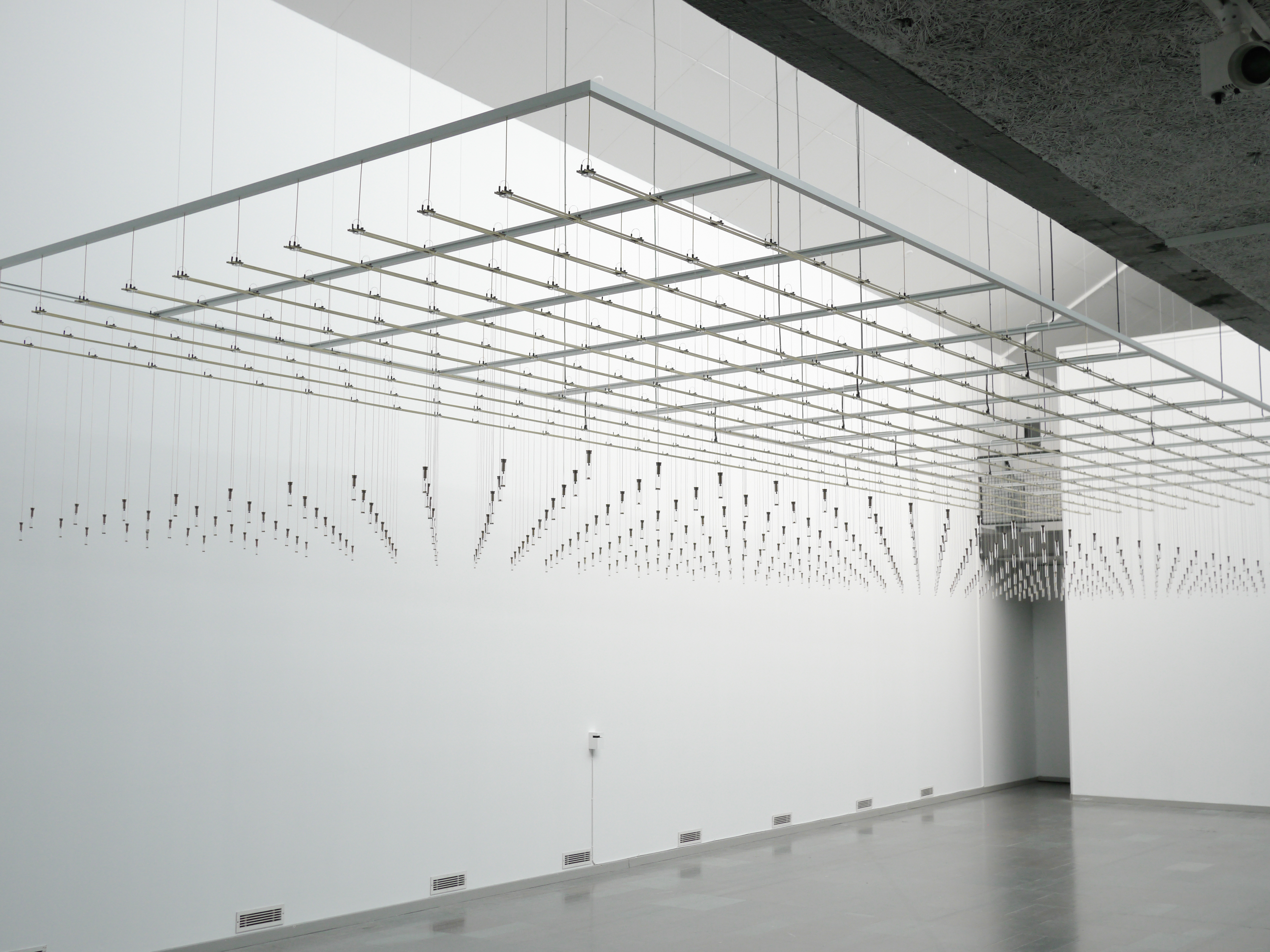

Unlike the other works in this exhibition, What It Isn’t is a sound installation that creates an audio response to the movements and positions of the visitors in the room. The installation is set up with small glass vials suspended from the ceiling with metallic strings, each vial containing two brass rings and a vibration motor generating a rattling noise with varying duration and intensity.
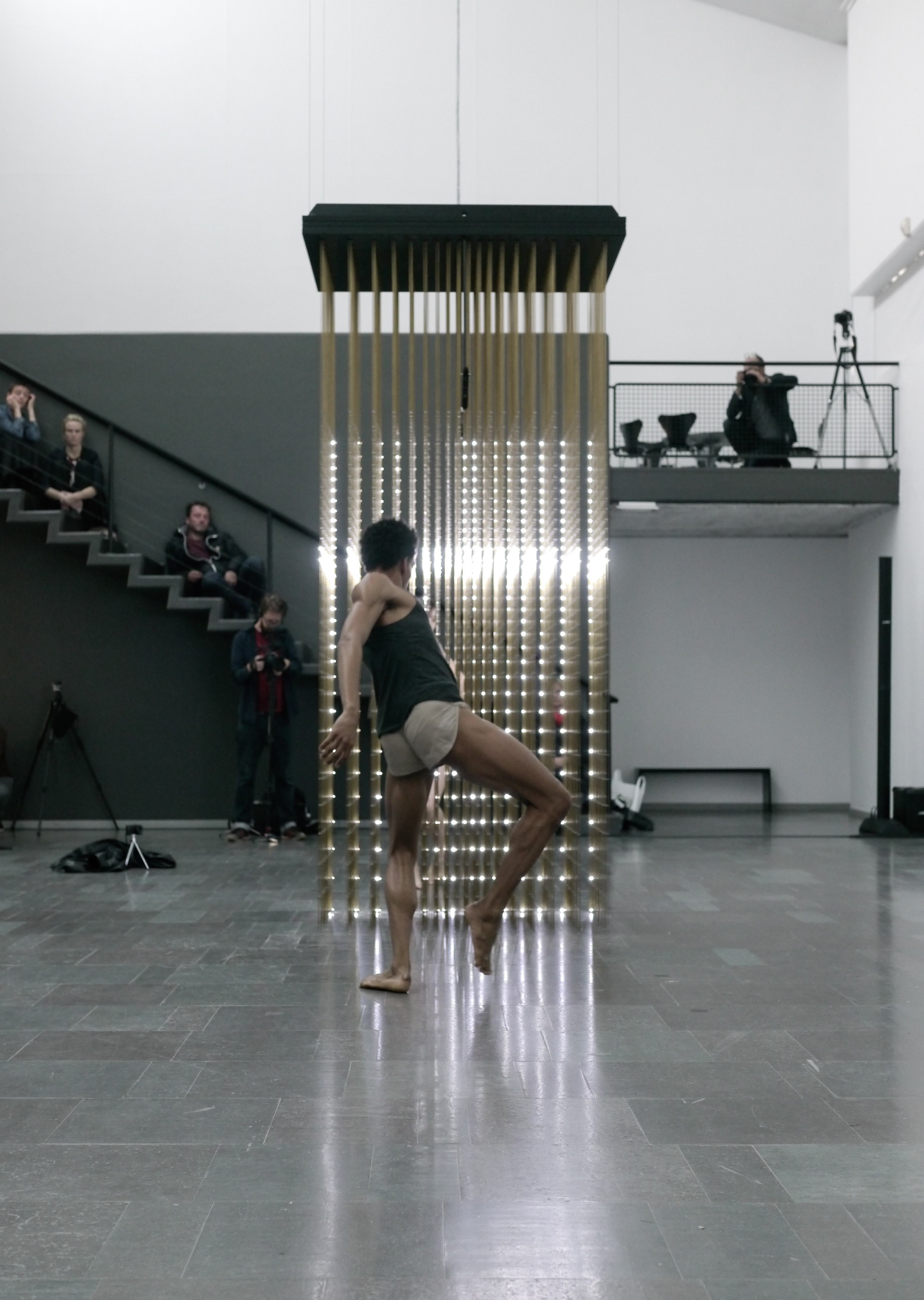
Each installation constitues a site where the spectators can experience the technological specters of their own presence. In Self-Portrait it’s an ephemeral image, a decaying portrait, while Future Self and What It Isn’t offers more immersive but still transient audio/visual experiences. Each installation is also an interface through which the spectator can experiment and reflect on their own presence and the ghost in the machine. In the case of Future Self, rI has worked with choreographer Wayne McGregor and musician Max Richter to create a dance piece contemplating and exploring these themes.

